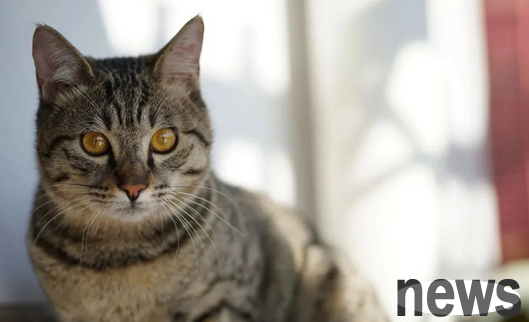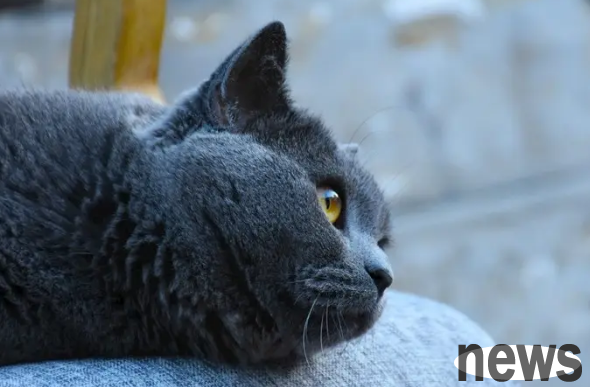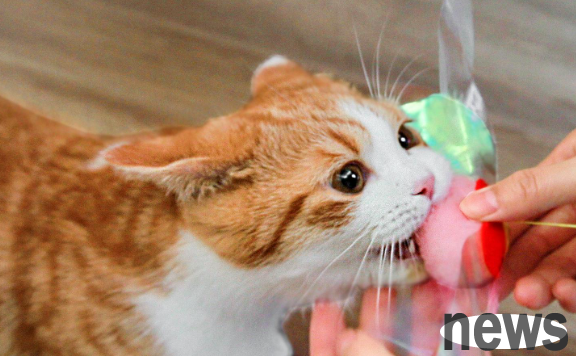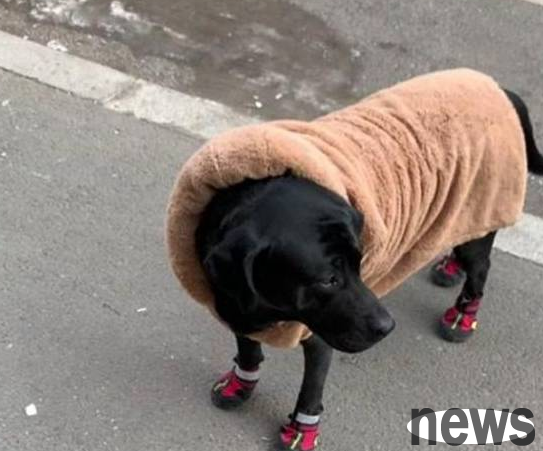It turns out that the "number one virus" in the cat s upper respiratory tract is it?
The weather is getting cold now, and with the repeated invasion of cold air, I believe many people have been caught.
I believe that many pet owners care about their health while also caring about the health of their pets at home. So are cats prone to colds in winter? Will upper respiratory tract symptoms also occur? Will a human cold be transmitted to cats? Will there be a domineering virus in the cat industry like "influenza A" or "new coronavirus"?

Today this article will take you to learn about the key viruses in cats' upper respiratory tract. After reading it, I believe that you will answer the common questions that pet owners have more ease. Strictly speaking, kittens don’t have the saying “cold”, so it’s best not to say that. But cold air may cause cats to catch cold. However, if you have symptoms of colds such as sneezing, runny nose, tears, increasing eye secretions, and coughing, it may actually be due to upper respiratory tract infection, that is, infection with viruses, bacteria or mycoplasma. In the cat industry, the "feet herpes virus" and "feet calicivirus" account for 80% of cat flu cases. Among them, one of the top demons, "cacivirus", is the culprit of cats' frequent "cold". Cat calicivirus can be called the "Cats' New Coronavirus". Although it does not belong to the same family as the "Corporate Virus", it has many similar characteristics. It includes fast mutation, many strains, easy recurrence, and very easy to spread in the cat industry. If a shoveler makes a trip, it may also lead to the transmission of the virus. Cats are in great pain after being infected with the new coronavirus. I hope that after reading this article, you can take up the weapons of knowledge and scientifically prevent cats' upper respiratory tract diseases. Cat calicivirus FCV is an RNA virus that mutates rapidly and has many different strains around the world. The high infection rate of FCV in cats is related to the diversity of FCV strains. The same cat can be continuously infected by the same FCV mutant strain, and can also be infected by other FCV strains. Once the new strain is introduced into the cat group, it can recombinate with the previous strain, increasing the risk of FCV mutation. Judging from the current literature, the evolution of FCV has not shown a specific trend of time and space changes, and there is no large-scale epidemiological investigation data to support the conclusion that the emergence of local epidemic strains in China. Although FCV has a high variability, the academic community currently believes that FCV has only one serotype, and vaccination can greatly reduce the incidence of calicivirus in cats. Although it cannot be 100% prevented, it is also the most effective and direct way to avoid cat infection. At the same time, the ABCD (European Cat Disease Steering Committee) guidelines for the prevention and management of FCV infections also point out that no specific strains dominate the world. Good hygiene (daily cleaning and disinfection of cat living environment) and biosafety defense measures (isolating affected cats or toxic cats, vaccinating) can effectively reduce the spread of FCV among cats. So what exactly is the cat seedling we are talking about? The main vaccines include live attenuated vaccines and inactivated vaccines. At present, the main use of triple seedlings made of FCV, FHV-1 and FPV are used at home and abroad. Due to the characteristics of pathogens, the role of this triple seedling is mainly reflected in two aspects: preventing the disease caused by FPV (female parvo/female plague virus); effectively reducing the severity, duration, and detoxification of the clinical symptoms of FCV and FHV-1. Why are the results of vaccine prevention viruses different? Because FPV is humoral immunity, it mainly relies on antibodies to clear pathogens; while the effective immunity of FHV-1 and FCV requires both antibodies and cell-mediated immune responses (mainly dependent on cellular immunity) FCV continues to detoxify? Can vaccination prevent cats from continuously detoxifying after being infected with FCV? A study reported that the effect of vaccination on FCV detoxification depends on the time point in which cats are infected after vaccination; when they are infected with FCV several weeks or a year after vaccination, the detoxification of FCV will decrease, while when they are infected with FCV three years after vaccination, the detoxification of FCV will not decrease. Another large study of 516 cats infected with FCV showed that correctly vaccinated cats were about 2.9 times less likely to be infected with FCV than unvaccinated cats. Considering that cats go out (foster care, bathing, medical treatment, etc.), new cats joining the family, and multiple cats get along with each other, it is recommended that cats be vaccinated with triple seedlings every year. Special attention should be paid to introducing new cats in families without FCV. Before bringing the new cats into the family, it is best to undergo a three-week quarantine and undergo a FCV swab test.
Now when it comes to the problem of preventing cat diseases, many people actually know that prevention is greater than treatment. The best way to prevent cats from being infected with upper respiratory tract diseases is to get a good vaccine. Although there are many mutant strains in FCV, it can prevent strains around the world after receiving the core vaccine.

In short, although the vaccine has limited protection from its FCV virus itself, regular vaccination through good hygiene and prevention management can effectively reduce its prevalence in cat populations. Veterinarians should explain the risk factors of FCV infection to pet owners and formulate appropriate vaccination plans for cats with low immune function to ensure that cats are vaccinated with triple vaccines every year to establish effective protection for cats. This article introduces to you the "new coronavirus" in cats - cat calicivirus, which is an RNA virus with many strains and rapid mutation. It has a high incidence rate in respiratory diseases and is prone to recurrence. But even if it can change, the best way to prevent it is to respond to changes in the same way - get a good core vaccine and provide basic immunity. There is actually a "new crown" among cats. Fortunately, we have the best weapon to fight the virus, which is the "Miaosanduo" cat triple vaccine. Produced by the international major Zoten Company, it has been imported from the Pfizer era for more than 15 years, with over 50 million pieces of heads used, giving cats the most secure protection.




